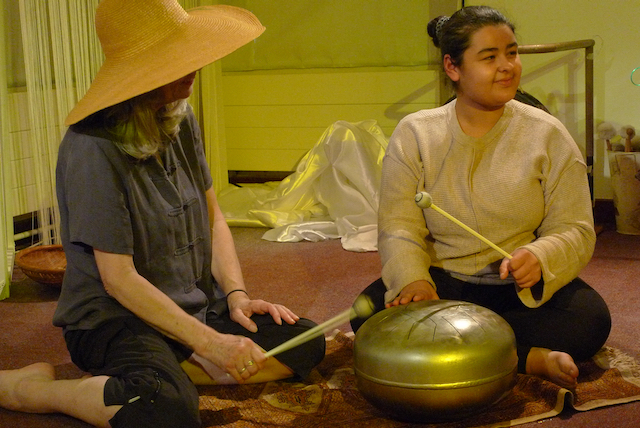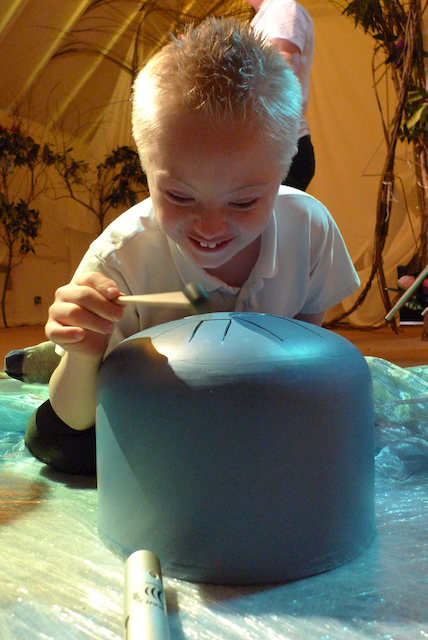Xylophones and Metallophones
Xylophones and Metallophones are used all
the time both as melodic and rhythmic instruments. They come in many different
types but all share the characteristics of having tuned keys that are played
with beaters or mallets. Some have individual resonators or a resonating
chamber under the keys to amplify the sound.
Xylophone keys are traditionally made of wood,
although many now use synthetic materials. They are usually played with harder
beaters to make short clicky sounds, but are also great for pouring conkers or other natural nuts or seeds over to create a tumbling cascade of sounds. Larger types have tubular
resonators under individual keys for more accurate amplification and are
tuned to a western scale so can be used with various other
instruments
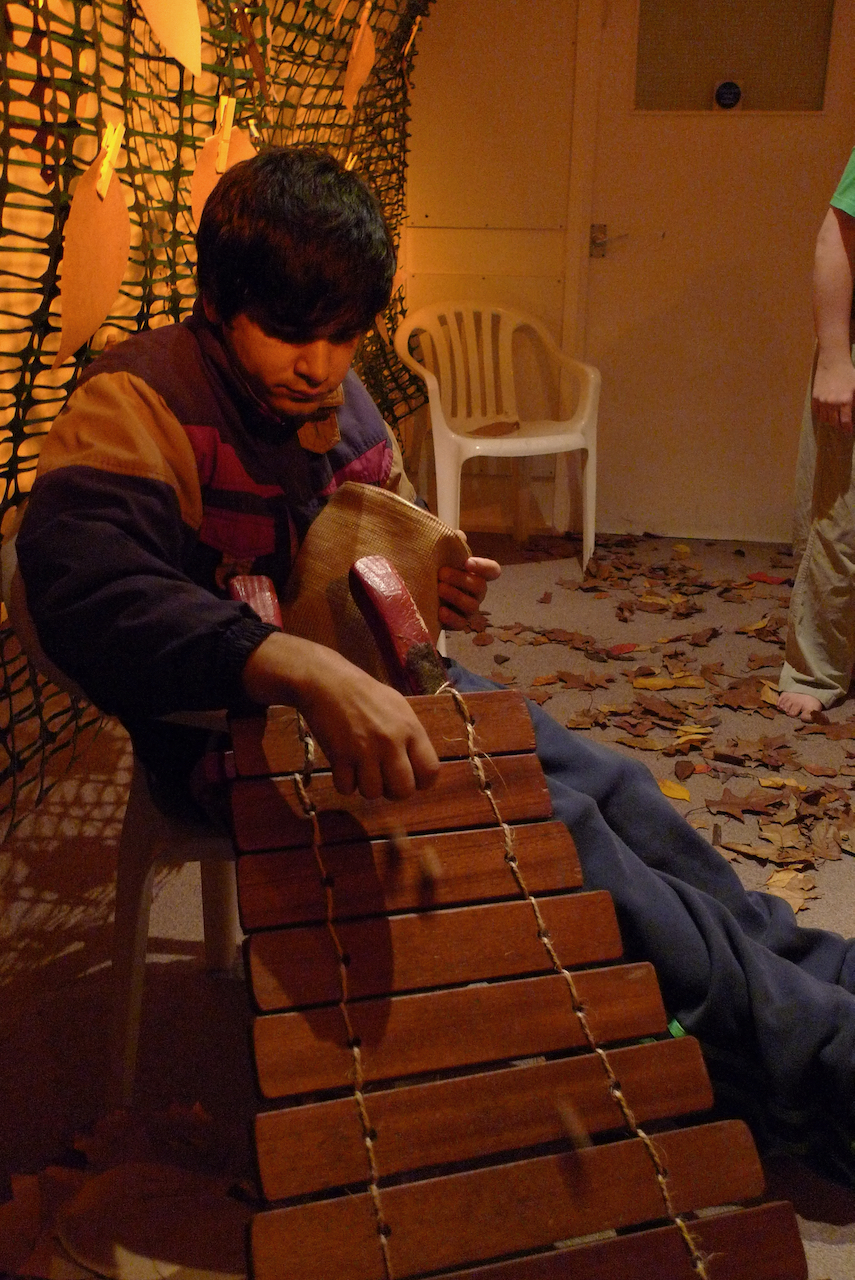
Wooden xylophones can enhance themes that are primarily to
do with wood and trees e.g. activities based around autumn or rainforests for
example.
They can form part of specific activities
such as wood chopping and can be played by two or more people together, or in groups of several instruments. They can give some melodic structure and
interest to percussive work using drums and/or other wooden instruments and can be played by participants to
accompany the rest of the action. They also look great and can give visual clues
to the thematic content of a session.
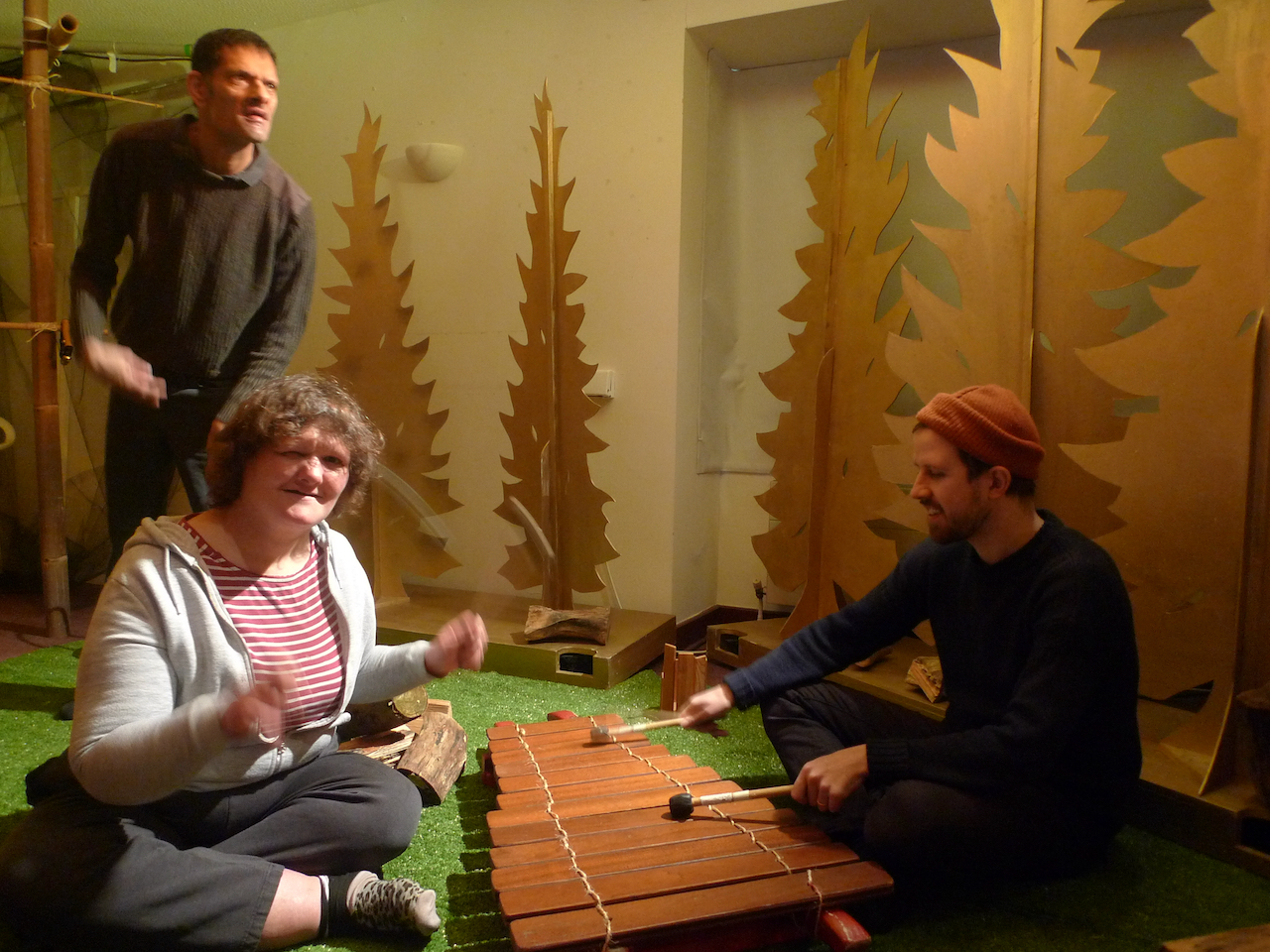
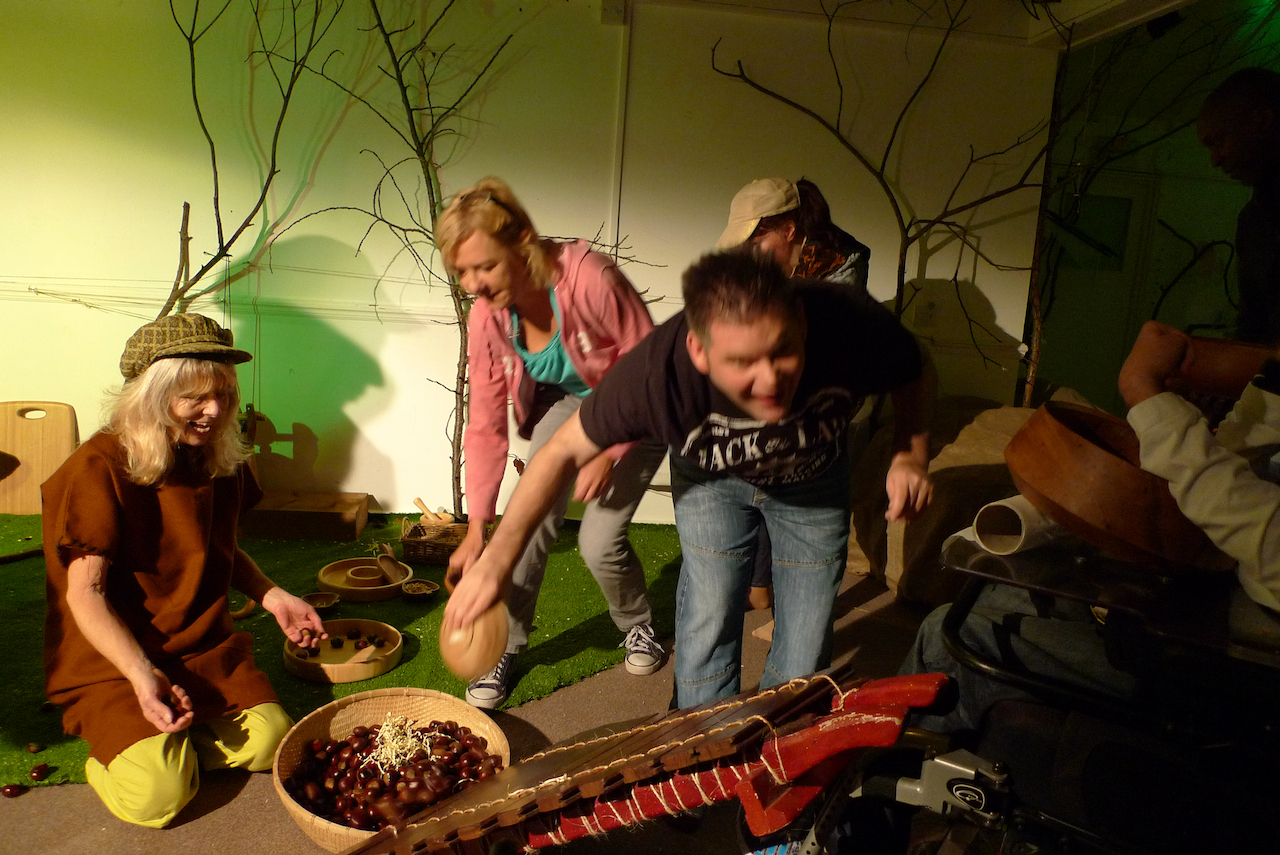
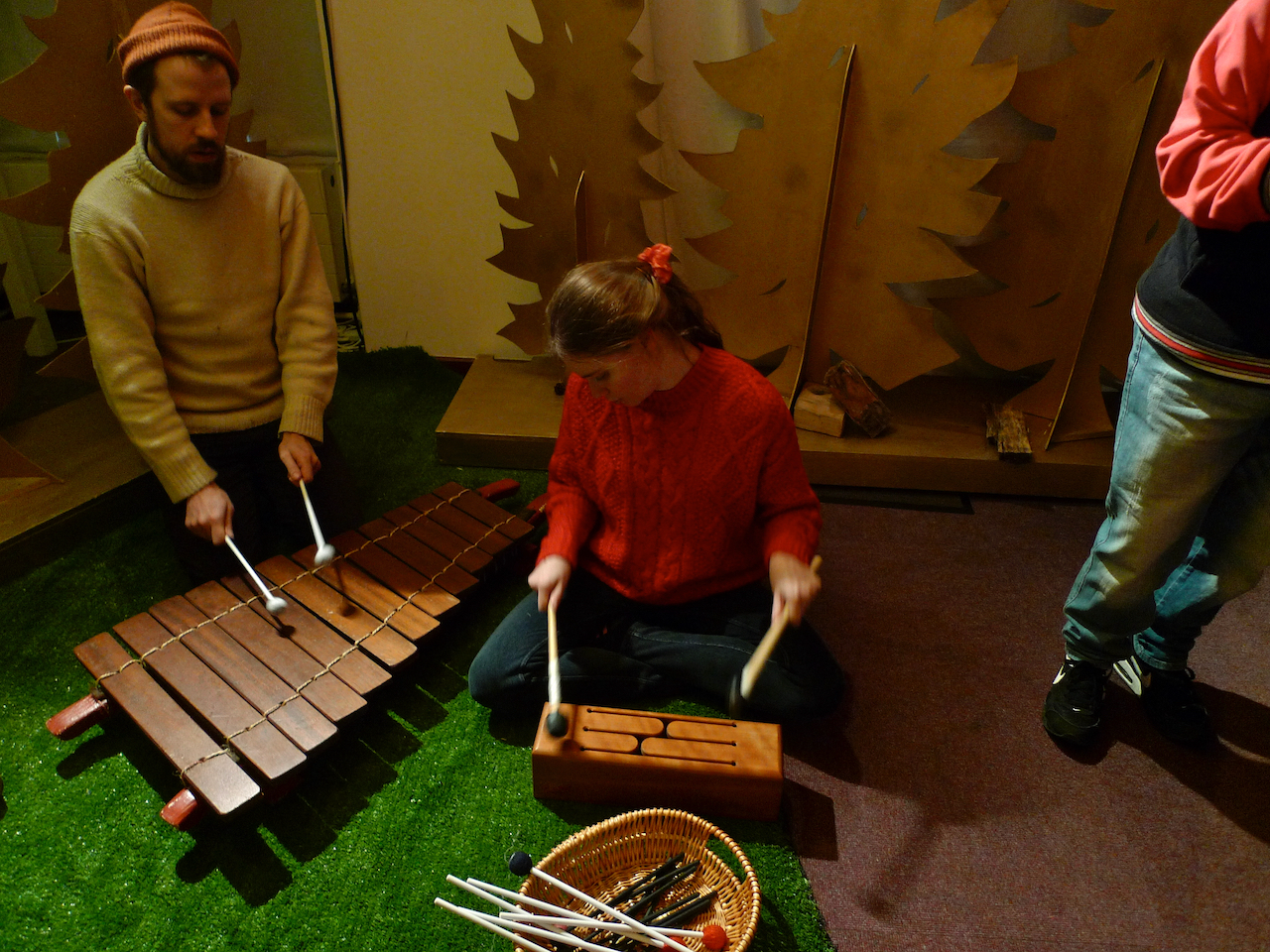
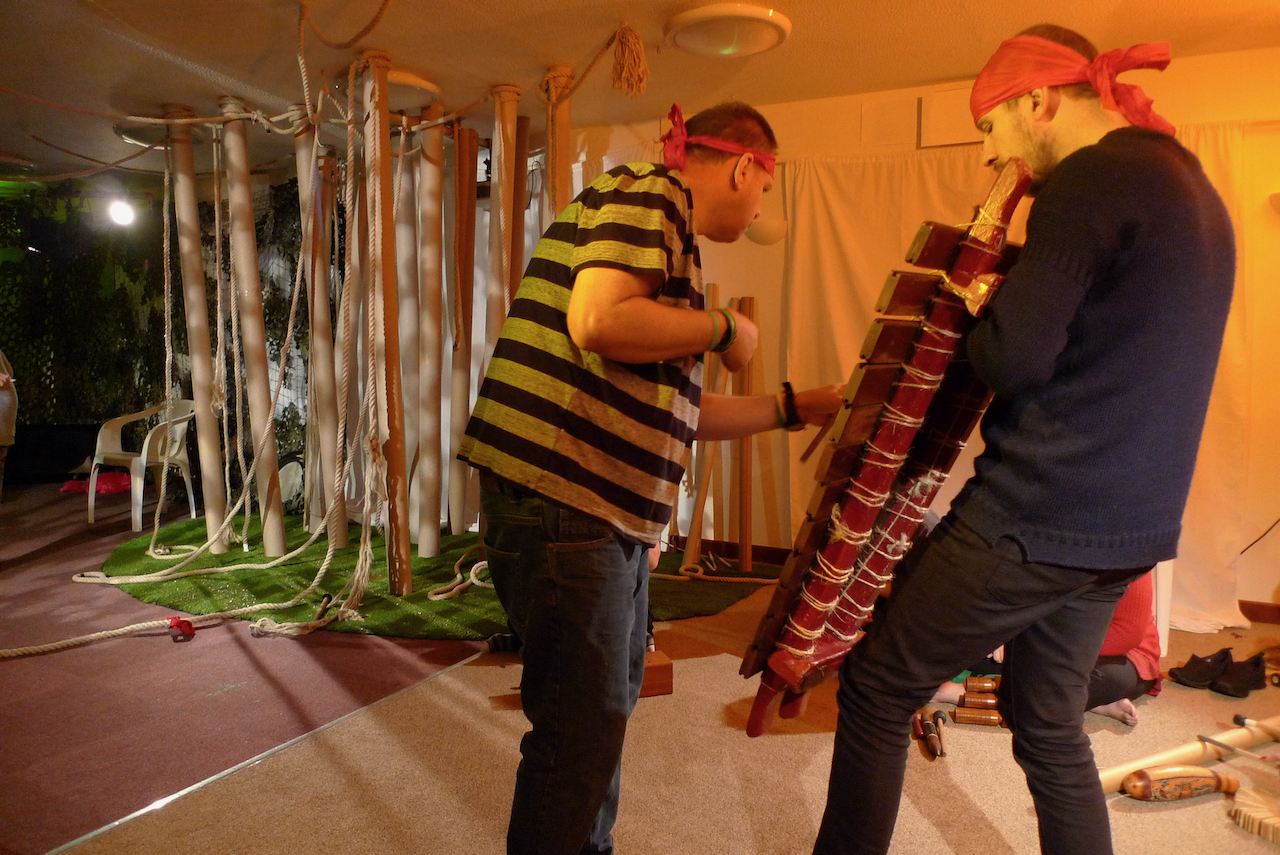
Balafons come from West Africa and are
different to western xylophones in a number of significant ways:
There is no standardisation of tuning i.e.
they are not tuned to a western diatonic scale. This gives them a specific
sound, very different to our ears, but can make it tricky to match other
instruments to them.
The keys are bound onto the frame, which
in our world is incredibly useful because they can’t be removed by enthusiastic
dismantlers.
They use gourds to amplify the vibrations
and sometimes there is a membrane added to the gourd which vibrates, giving an
enhanced percussive buzz to the sound. They are slightly easier to manoeuvre, onto
wheelchairs for example, than the western instruments that have a heavy box
construction.
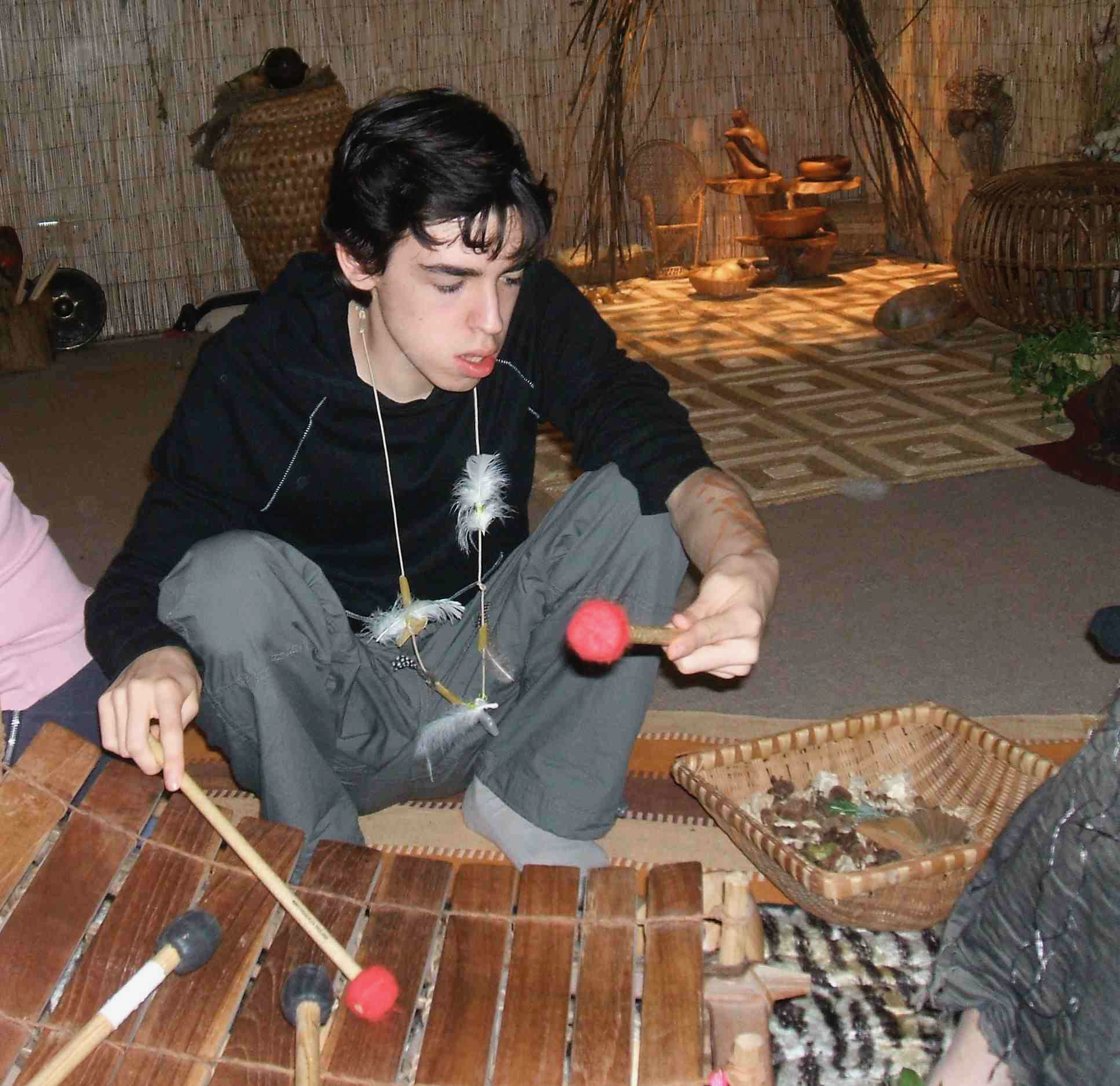

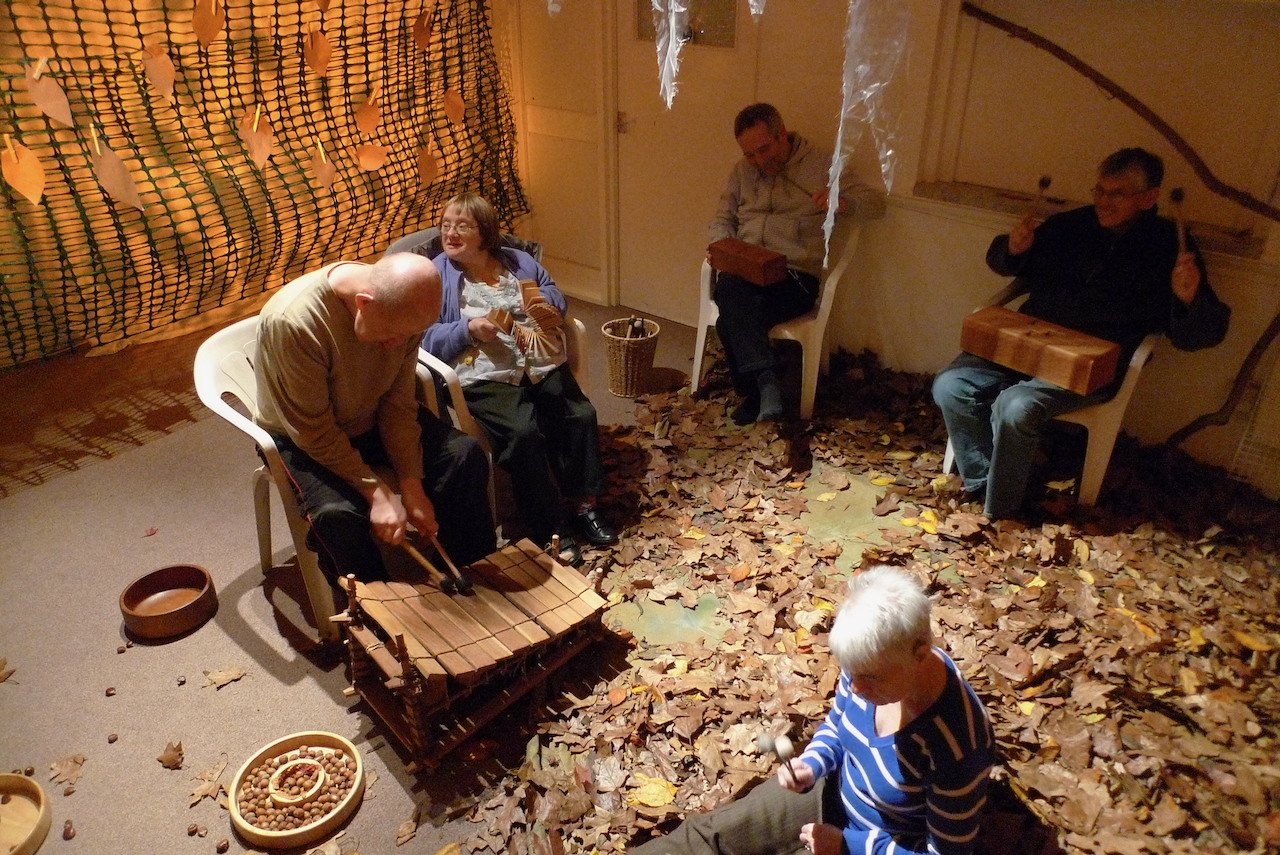
Homemade
Xylophones - sometimes you can build a simple
‘xylophone’ that complements the theme of the workshop. This could mean using
flower pots in a workshop about gardens, wine bottles in a session about France
or carpet tubes if they are a prop that is already being used.

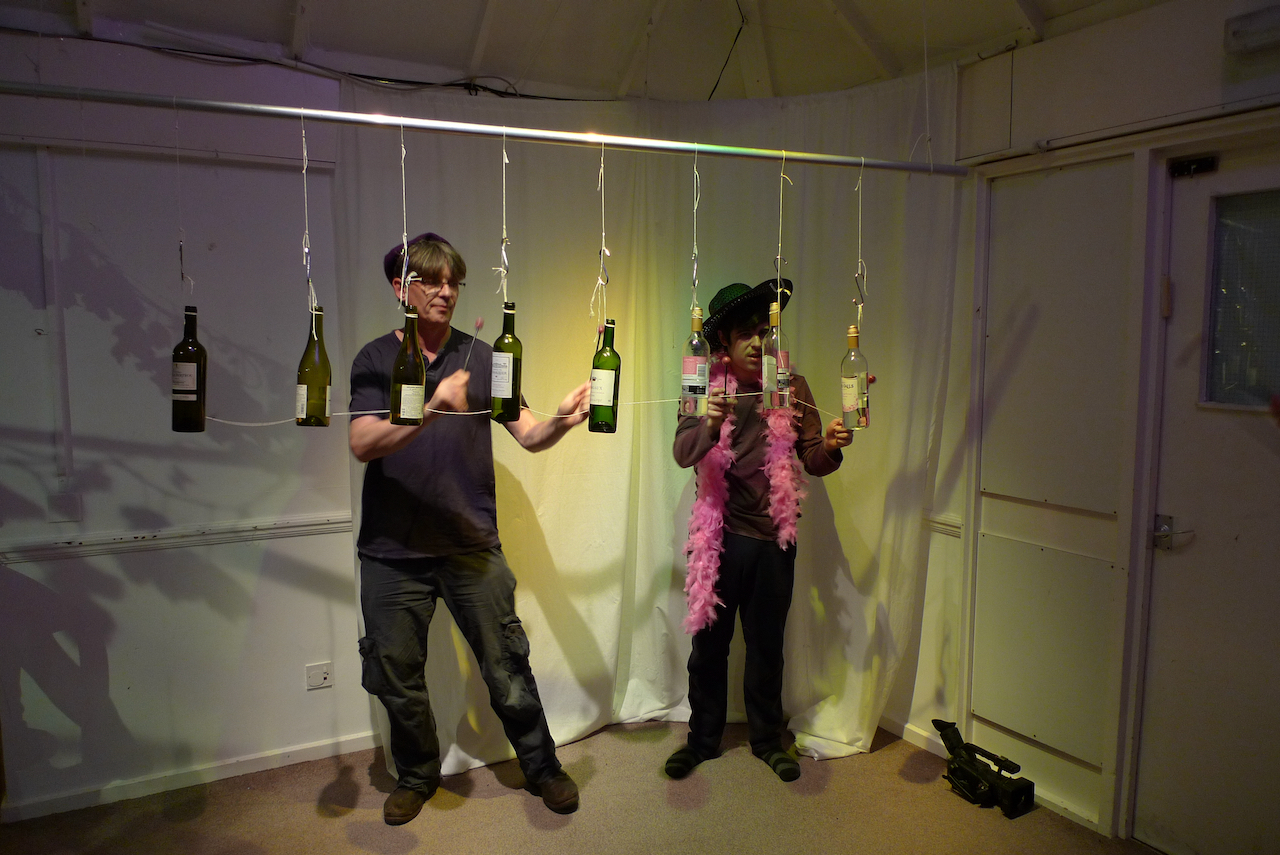

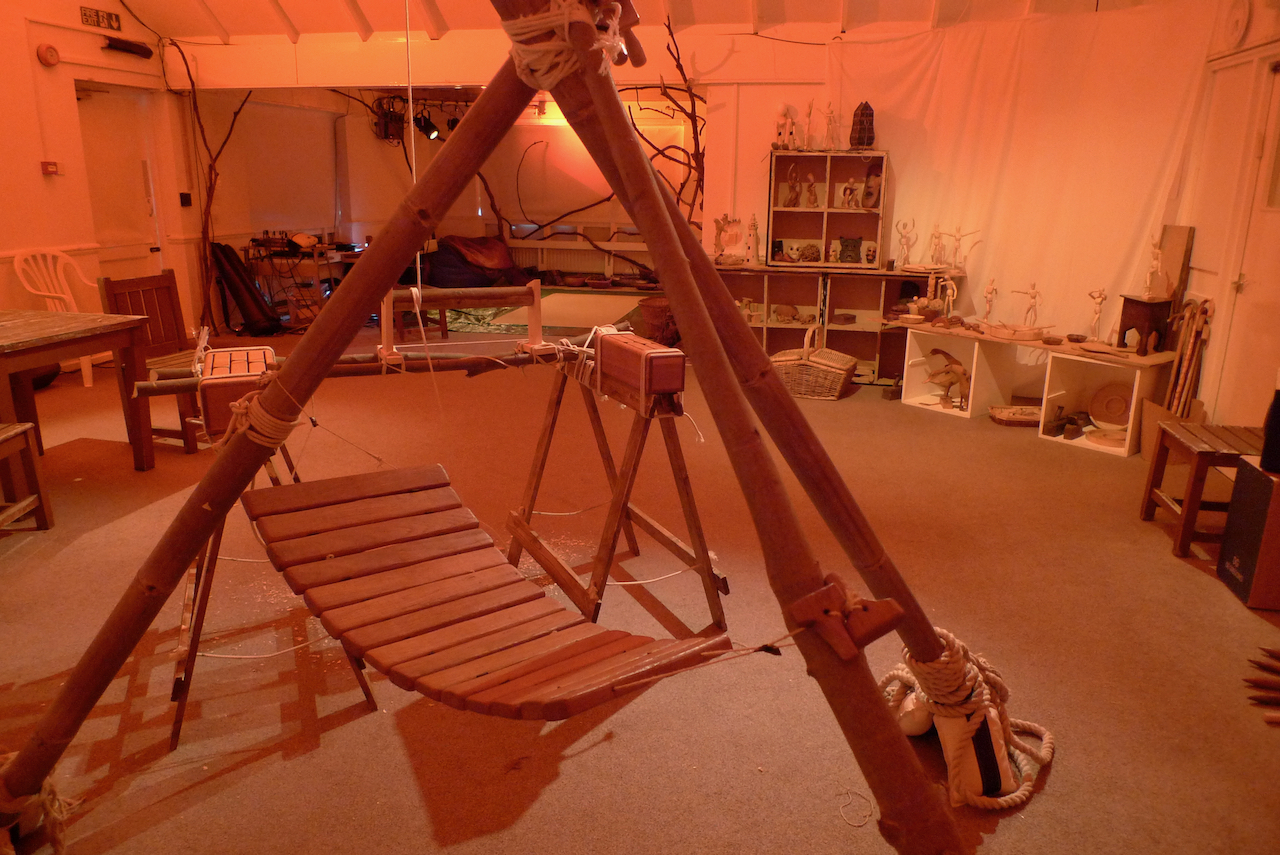
Metallophones have metal keys that give
more sustain and volume than xylophones. They tend to produce a more ambient,
reflective soundscape than the more percussive wooden keys. Large bass
metallophones can be expensive but produce a rich sonorous tone that is
difficult to reproduce elsewhere. The natural sustain produced by the keys
means they can be played gently with great reward for little impact by a
beater. Use soft woven or felt beaters for the best mix of attack and bass
frequencies. As the keys are removable you can ‘tune’
them, modifying the available notes to fit in with other
instruments.
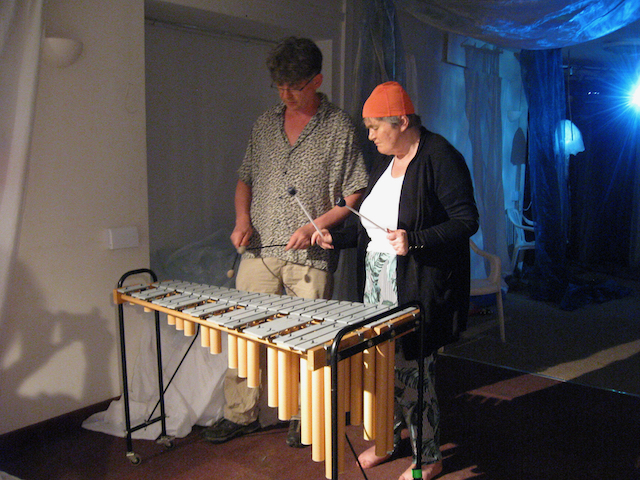
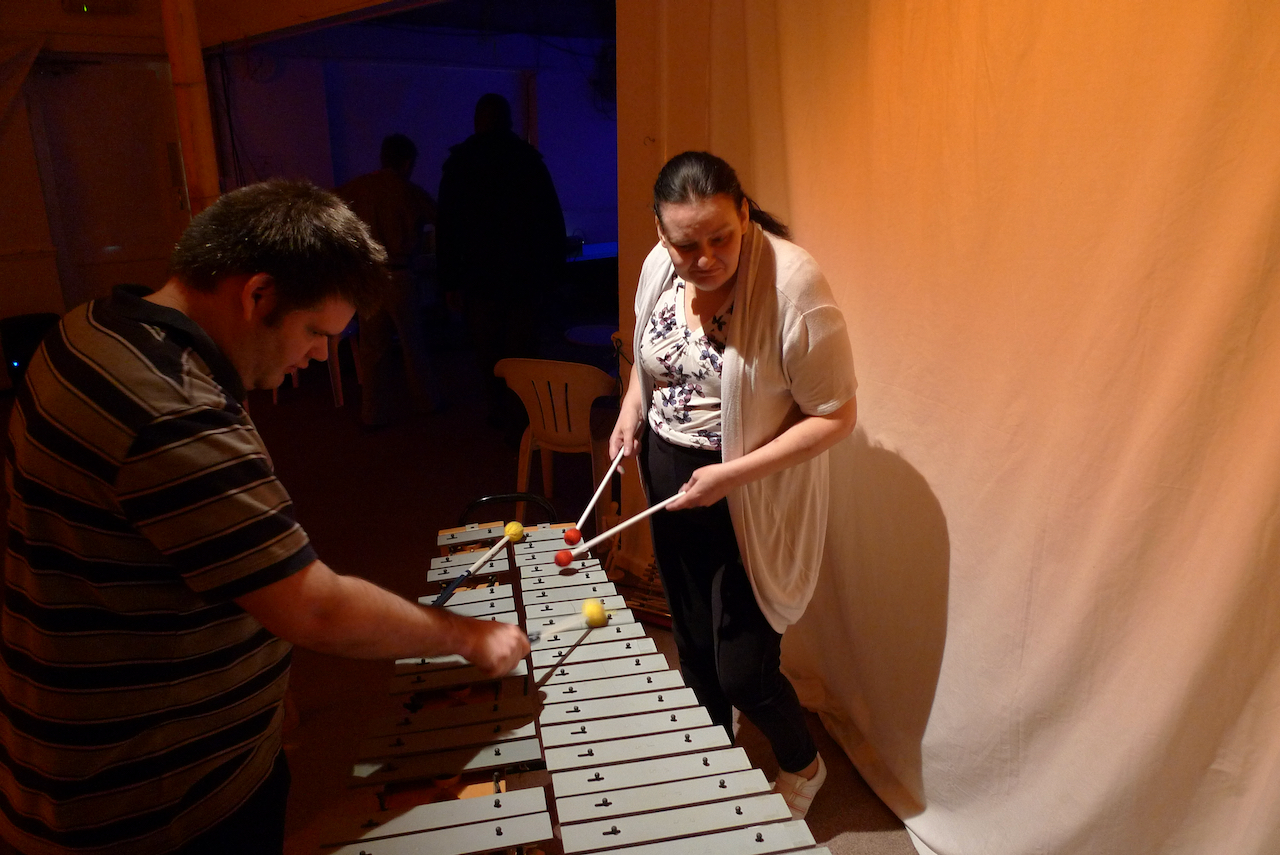
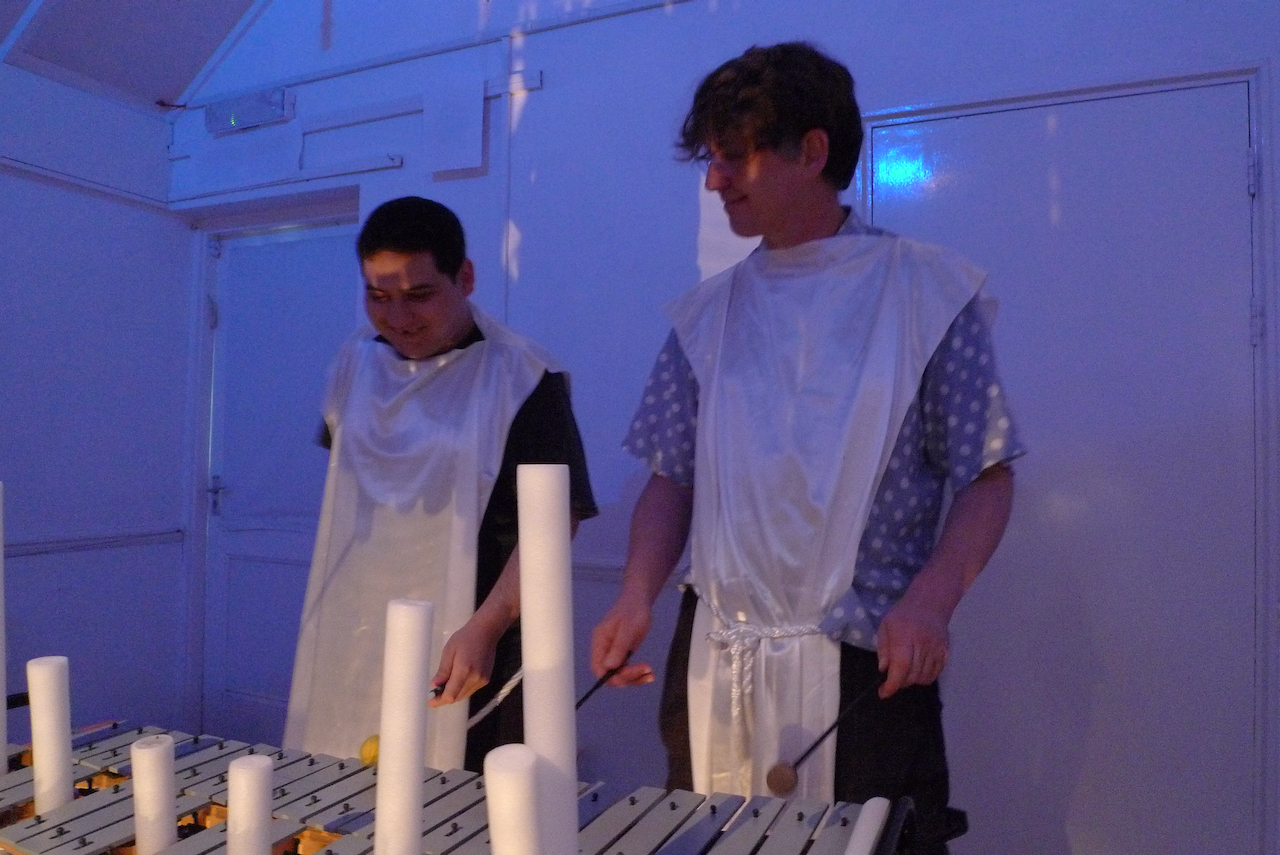
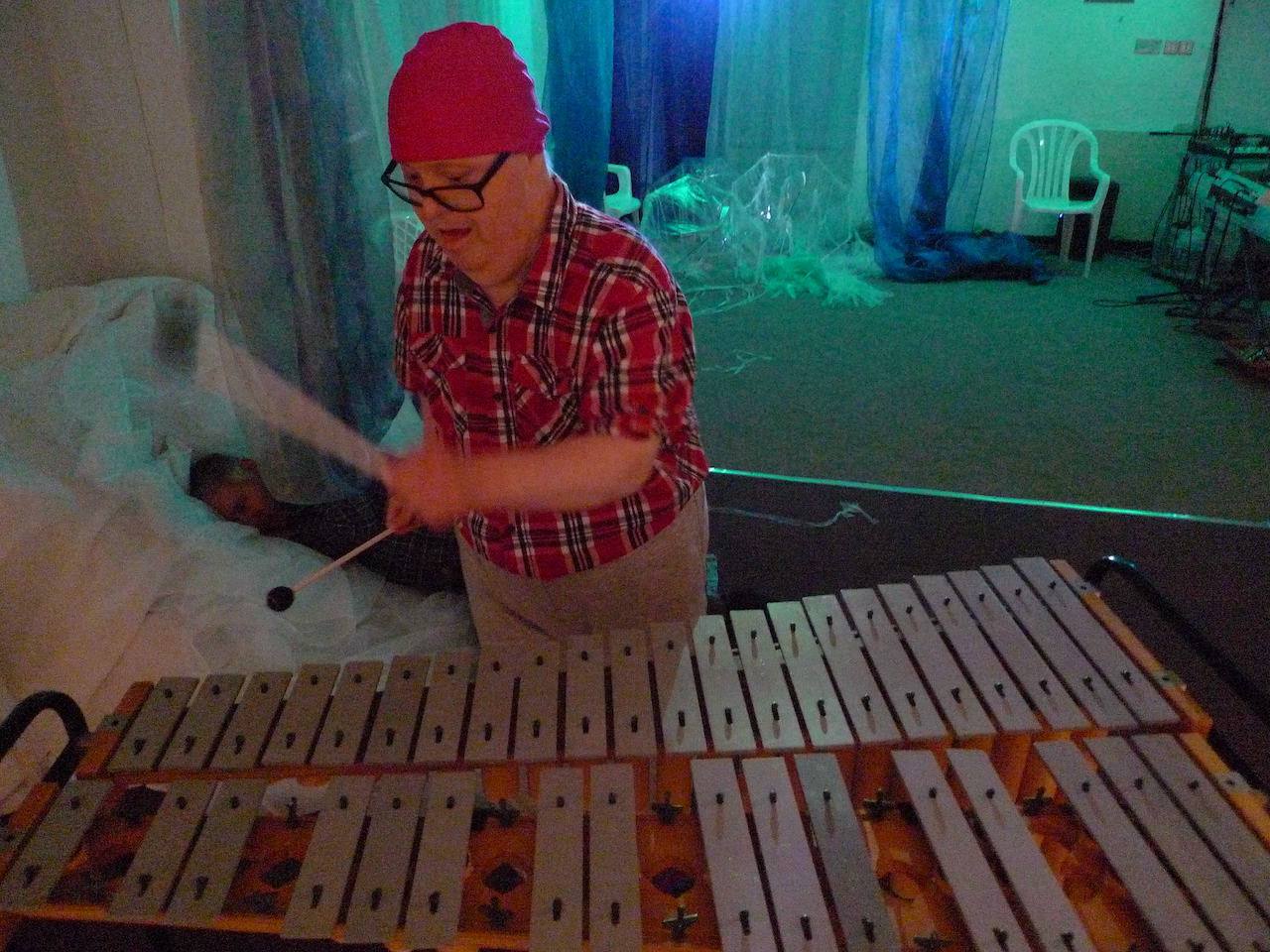
Metallophones can produce a dreamy
atmosphere that somehow lends itself to being underwater, in an ice world or in
the clouds.
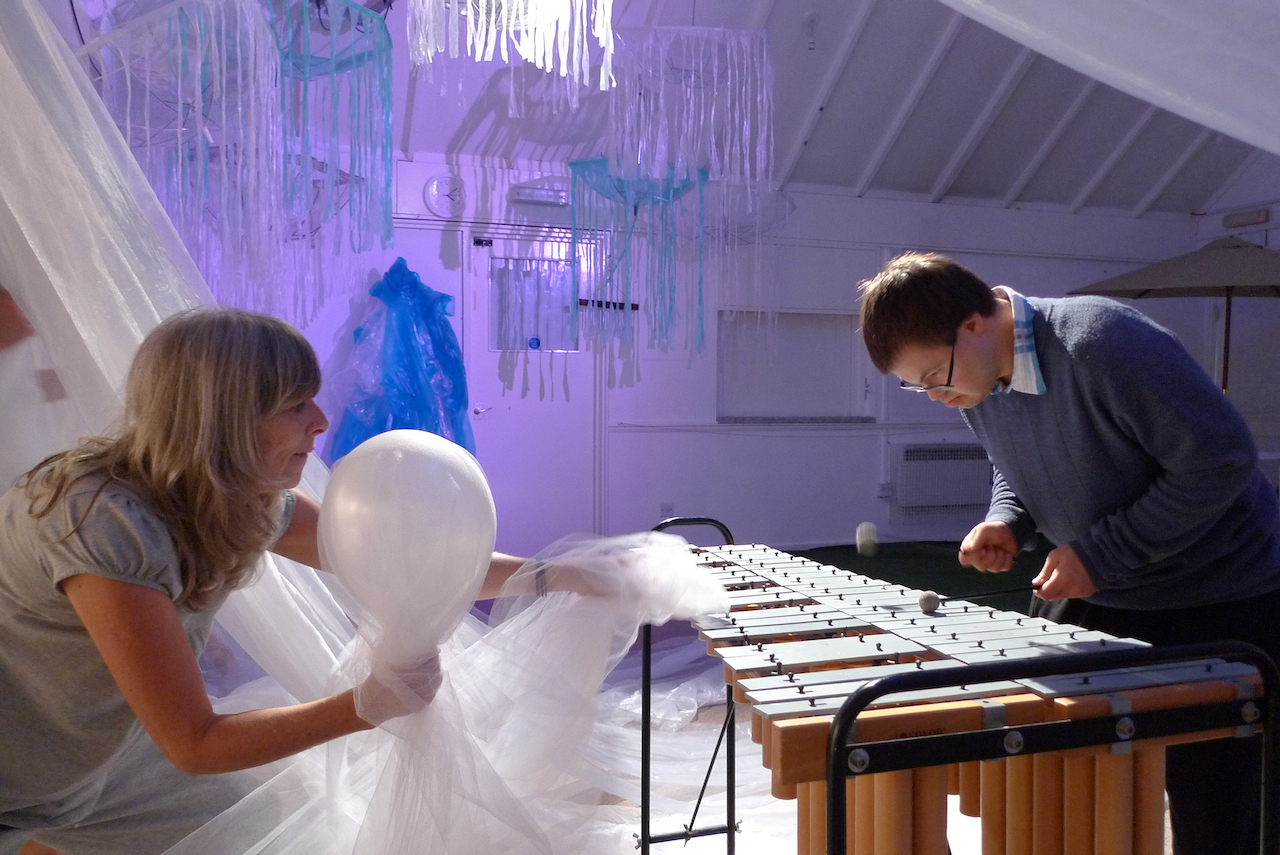
The detachable keys can be quite heavy. As such they require monitoring, especially with participants who have a tendency to throw items. Some glockenspiels, small metallophones, have fixed keys and these may be preferable.
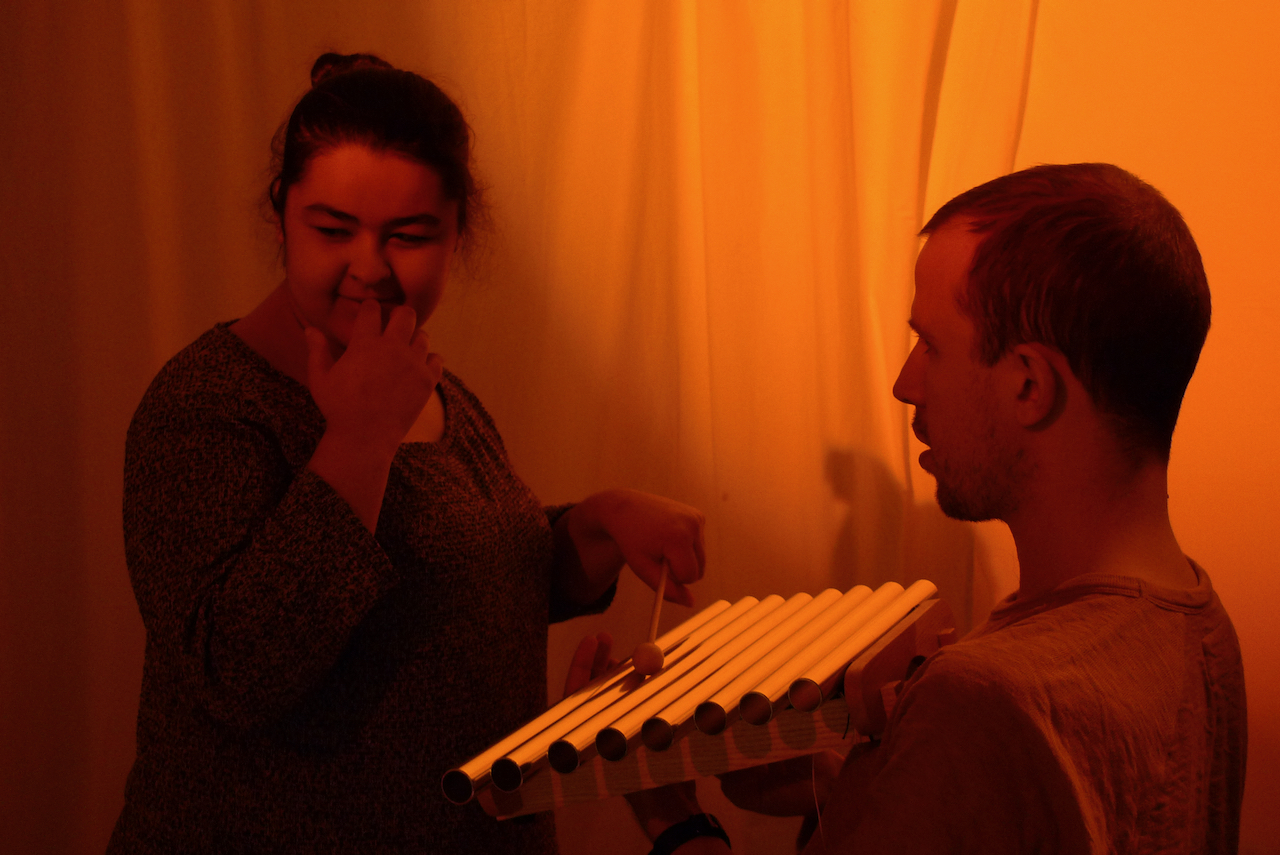
Most metallophones available to purchase are tuned in a western scale but in other parts of the world they may not be, for example a gamelan.
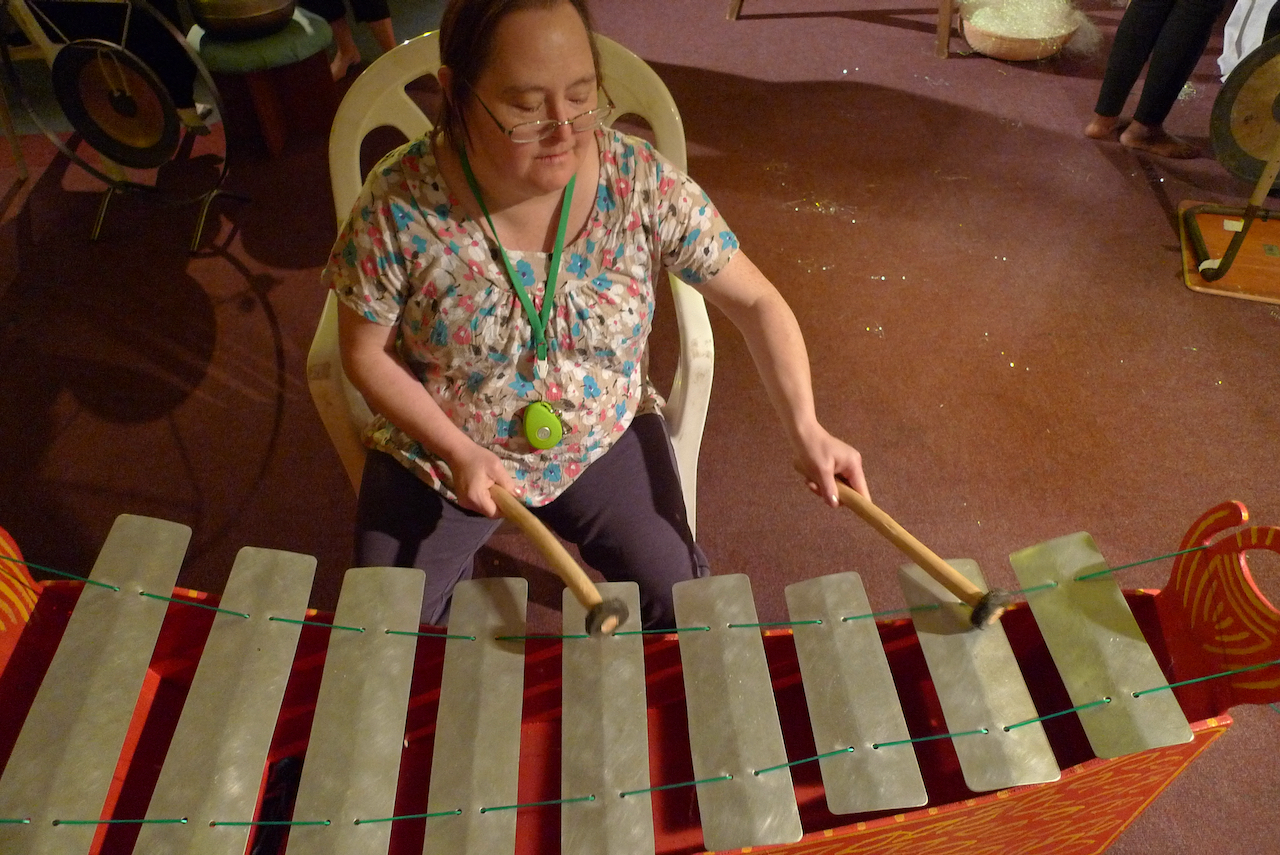
Large free-standing types can even be played by bowing the ends of the bars with a violin or cello bow. This is tricky do, especially for many participants, but can produce a wonderful ethereal sound to create a special atmosphere.
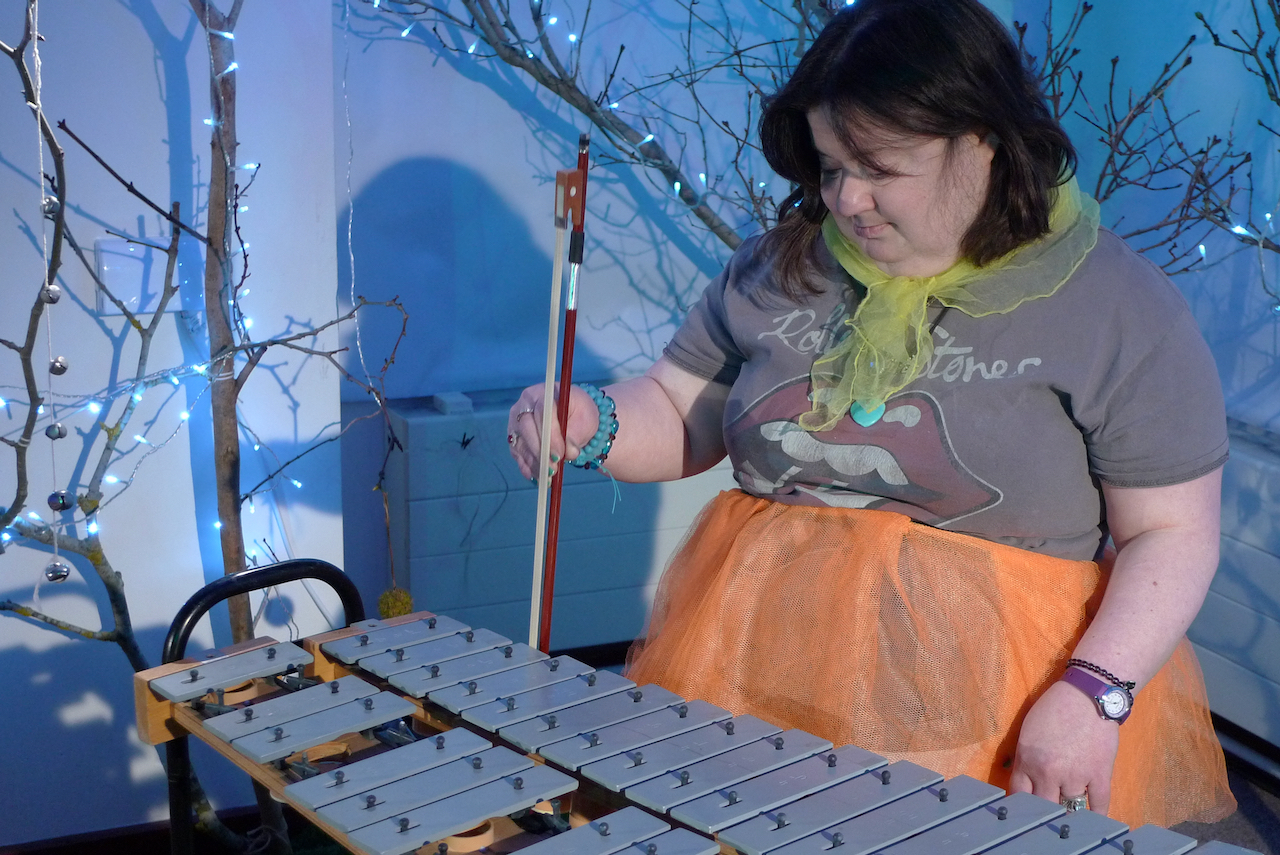
Tank drums are a fairly recent development that relate to metallophones in the same way that tongue drums relate to xylophones. They consist of a metal tank, sometimes an old gas bottle, into which several tongues have been cut, usually in a circular pattern. Each tongue produces a note of a different pitch. They are easier to move around than metallophones and all parts are secured. They are also cold and have a smooth texture for tactile exploration.
